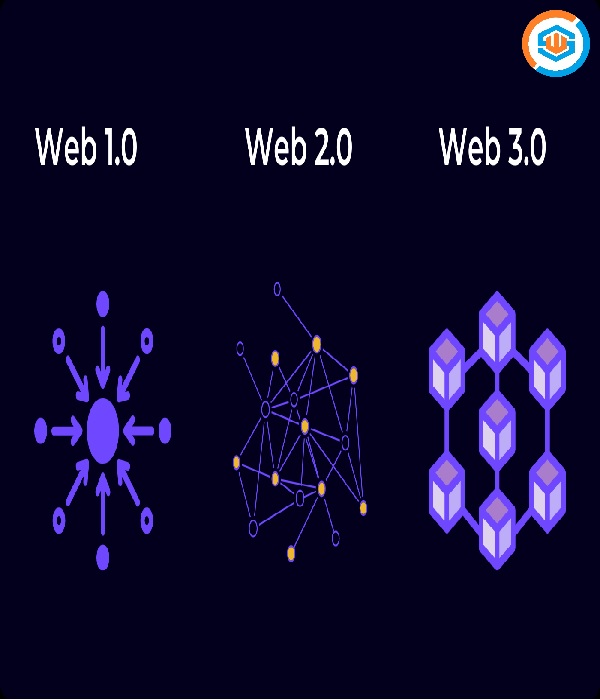
WHAT IS WEB3 AND HOW IT IS USED?
Firstly we discussed web 1 and web 2
The first version of the internet that was publicly available to use, the World Wide Web, is called Web 1.0. Since the early 1990s, it has mostly consisted of static websites linked by hyperlinks.
Then came Web 2.0, the age of the internet as a platform. We saw the rise of e-commerce and social media sites like Facebook, Twitter, and Instagram. People gained the ability to interact with online platforms and publish their own content. The major drivers of growth here are smartphones and cloud computing.
As many people have seen, the problem now is that internet users are required to surrender their personal data to use "free" services provided by technology giants like Google, Microsoft, or Amazon. Shopping, social media, blogs - all collect information about our preferences and how we use these services, which are then sold to third parties and used to show targeted ads.
NOW WEB 3 IS COMING
Web3 is a new evolution of the Internet-based on the principles of decentralization. Web3 combines the rich and interactive digital experience available today with infrastructures that offer users ownership and cryptographic guarantees.
The term Web3 was coined by Gavin Wood - one of the co-founders of the cryptocurrency Ethereum - as Web 3.0 in 2014. Since then it’s become a catch-every term for anything that has to do with the next generation of the internet being a decentralized digital infrastructure.
Wood, and those who support the Web3 concept, argue that Web 2.0 is controlled by big tech, which in turn is beholden to regulators who may or may not be effective at maintaining public trust in the internet or data security. In an interview with Wired in 2021, Wood said that today's website requires trust in institutions we can’t hold accountable:
"Maybe [the company] is telling the truth because they are afraid that their reputation will be damaged otherwise. But then, as we've seen in some of Snowden's revelations, sometimes companies don't get an opportunity, to tell the truth, "said Wood Wired. Sometimes security services can only install one box in their back office and they are told, 'You don't need to look at this box, you're not allowed to say or do anything about this box, you just have to sit quietly.’”
Proponents envision Web3 as an internet that does not require us to hand over personal information to companies like Facebook and Google in order to use their services. The web would be powered by blockchain technology and artificial intelligence, with all information published on the public ledger of the blockchain.
Similar to how cryptocurrency works, everything would have to be verified by the network before being accepted. Online applications would theoretically let people exchange information or currency without a middleman. A Web3 internet would also be permissionless, which means that anyone could use it without having to generate access credentials or get permission from the provider.
Instead of being stored on servers as it is now, the data that makes up the internet would be stored on the network. Any changes to, or movement of, that data would be recorded on the blockchain, establishing a record that would be verified across the network.
Before the transaction is finalized, it would have to be verified by the network and then coded into the digital blockchain's digital ledger. A payment system like this could benefit people who can’t open bank accounts, do not have access to them, or are prohibited from providing certain services to major payment providers

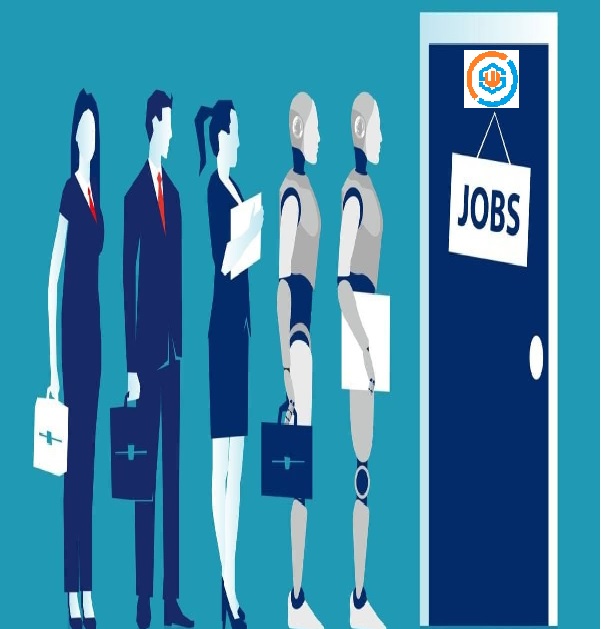
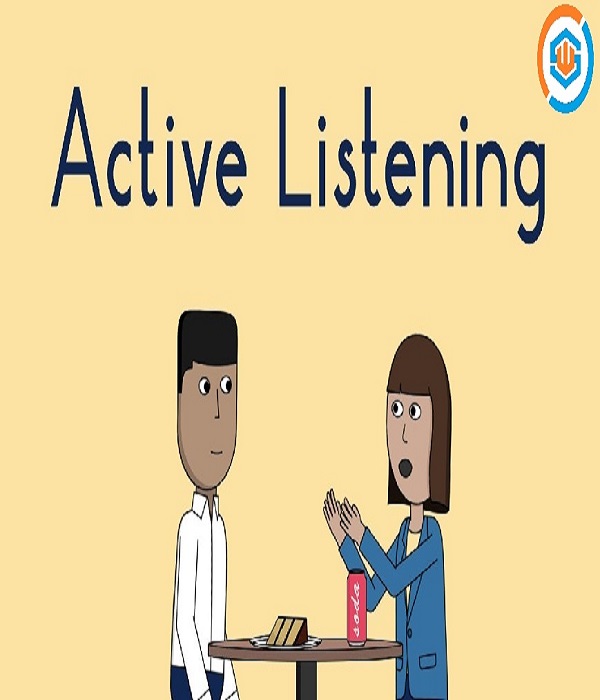




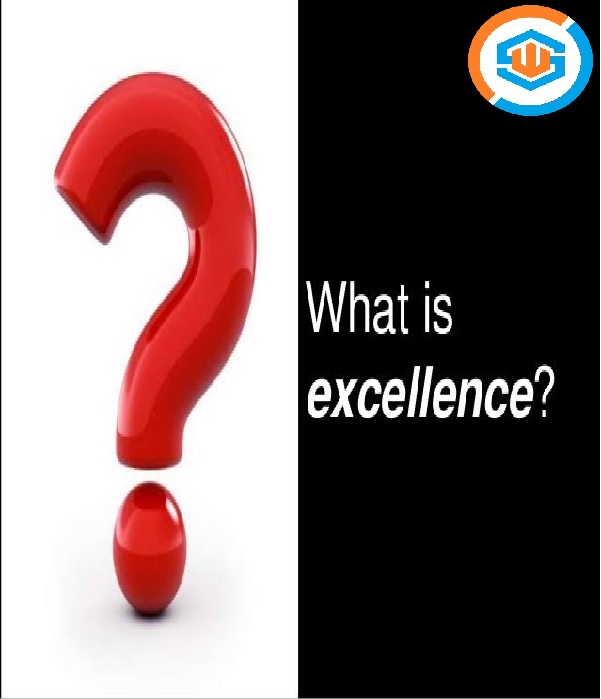

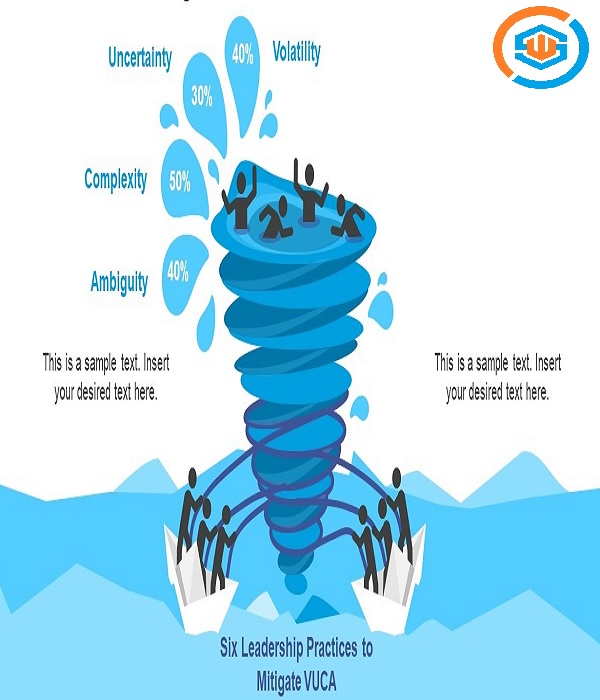
1.jpg)
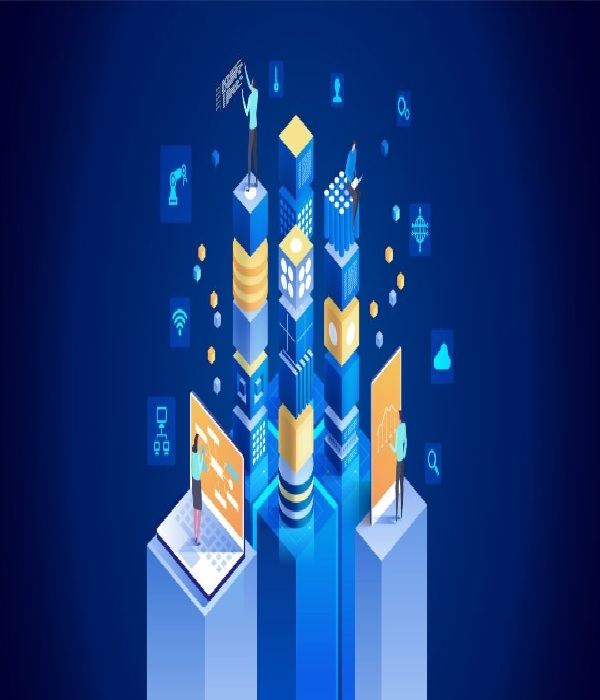
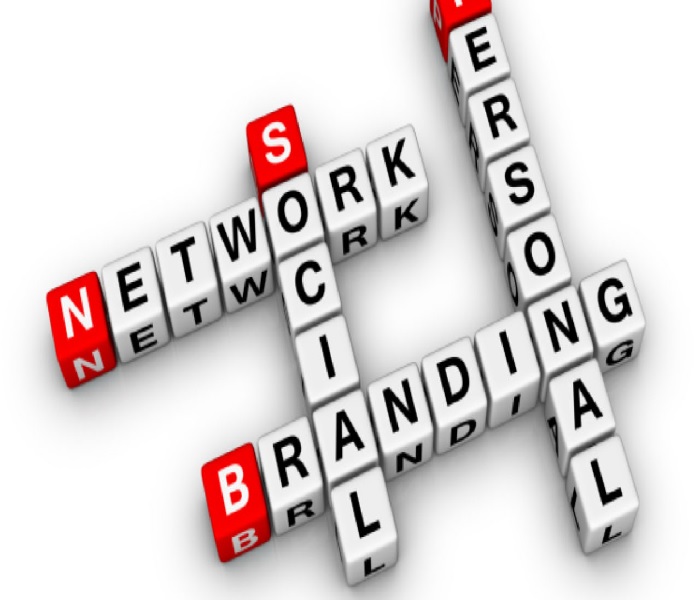








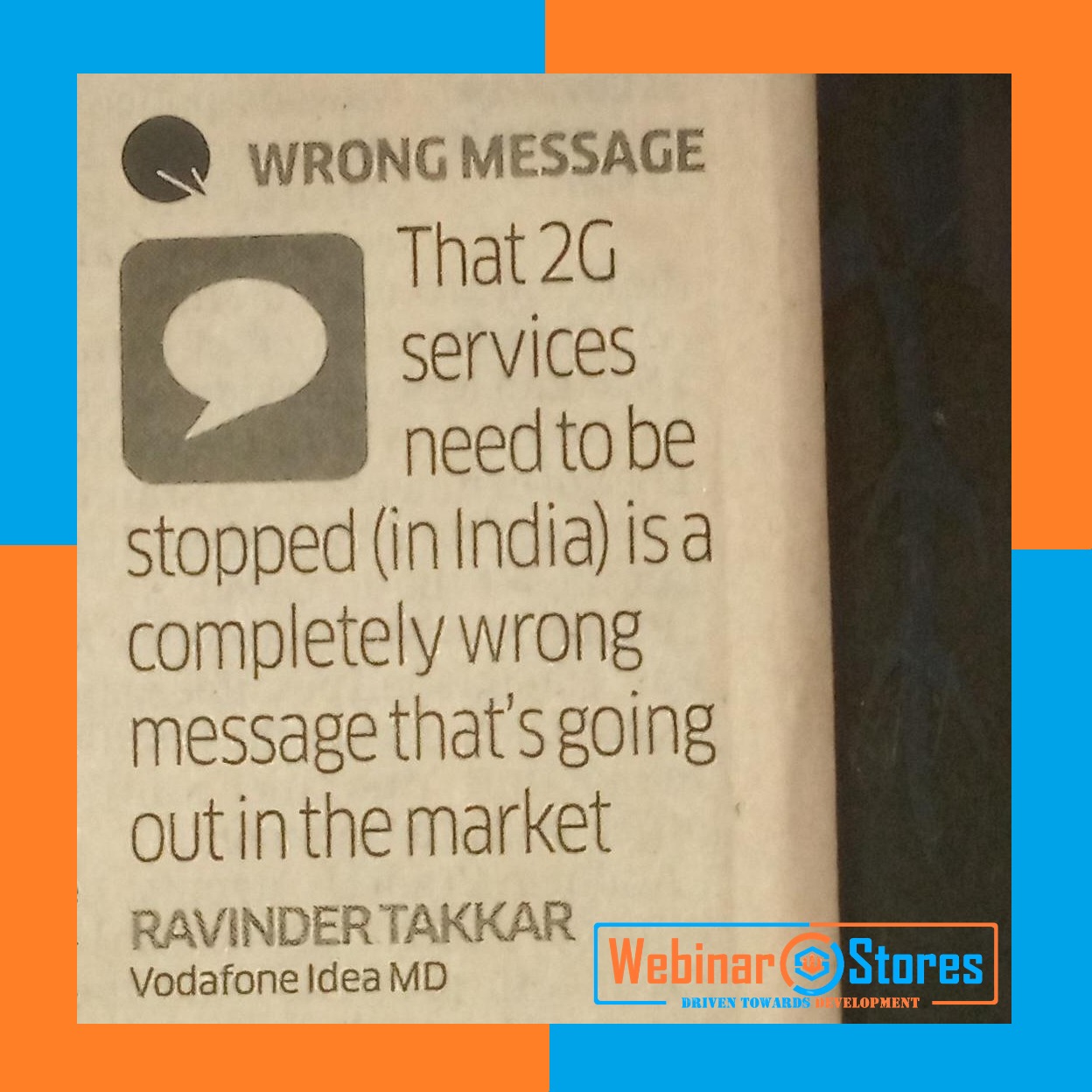


(4) Comments
Greg Christman
Excellent course!
Rimply dummy text of the printinwhen an unknown printer took eype and scramb relofeletogimply dummy and typesetting industry.
Lora Ekram
Excellent course!
Rimply dummy text of the printinwhen an unknown printer took eype and scramb relofeletogimply dummy and typesetting industry.
Mike Jones
Excellent course!
Rimply dummy text of the printinwhen an unknown printer took eype and scramb relofeletogimply dummy and typesetting industry.